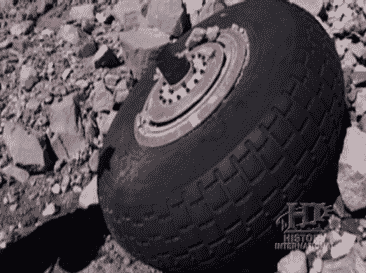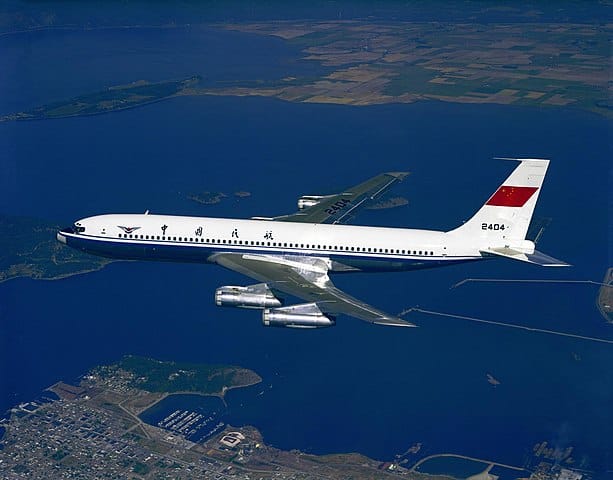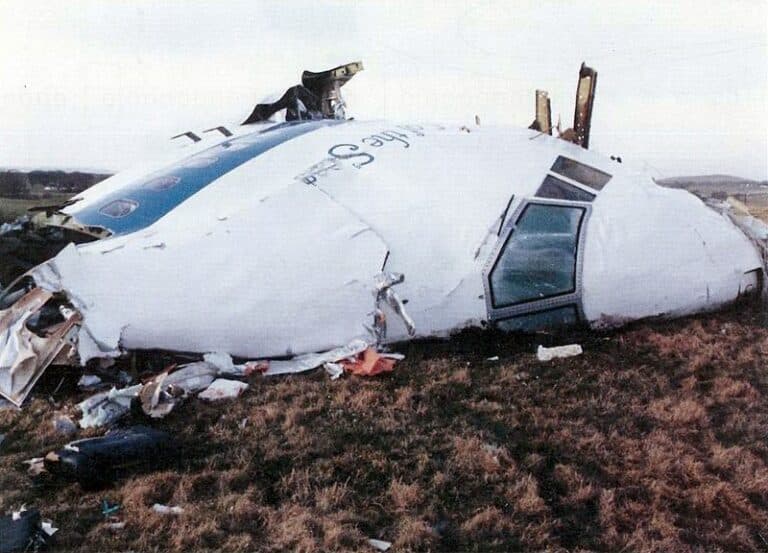Missing plane found after 53 years. The story of flight CS59
The missing plane found after 53 years was an Avro 691 Lancastrian aircraft, named “Star Dust”, whose history goes back to the Second World War. During the period when the demand for air transport passengers was increasing and there were too many military aircraft available, it was common practice to modify existing military planes. As such, the Lancaster bomber aircraft used in World War II was converted into a passenger plane known as the “Avro 691 Lancastrian”. This British and Canadian aircraft was built between 1940 and 1950 and was used to transport passengers and mail, especially on transatlantic routes.

On August 2, 1947, Star Dust, an Avro 691 Lancastrian belonging to British South American Airways, disappeared during flight CS59 from Buenos Aires, Argentina bound for Santiago, Chile with all 11 occupants. In the years following the disappearance, search teams were organized, but they failed to find a single clue, so the search was called off.
How the missing plane was found
In 1998, two Argentinian mountaineers found multiple signs of a plane crash on Mount Tupungato, near the Chile-Argentina border. On their way, they found the remains of a plane engine, pieces of metal, and pieces of clothing, all at an altitude of over 15,000 feet. They notified the authorities, who in 2000, 53 years after the disappearance of flight CS59, organized an expedition to establish the identity of the plane and its passengers.

British South American Airways Flight CS59

Star Dust was making the last leg of flight CS59 which began with an Avro York aircraft that left London on 29 July 1947 and landed in Buenos Aires on August, 1. A day later, on 2 August, Star Dust took off with 6 passengers and 5 crew members on board.
The three pilots, Captain Reginald Cook, First Officer Norman Hilton Cook, and Second Officer Donald Checklin all served in the Royal Air Force, with combat experience from the Second World War. The other two crew members were the radio operator, Dennis Harmer, and the flight attendant, Iris Evans. As for the passengers, there were six of them: one woman, who is believed to have started the journey on the first leg from London, and five men, of Palestinian, Swiss, and British origin.
How the accident happened
The entire flight was reportedly uneventful, all the way to the approach to Los Cerrillos Airport destination in Santiago. The last message sent by Star Dust was the Morse code: “ETA SANTIAGO 17.45 HRS STENDEC” which, according to Wikipedia, has not received a clear explanation, leaving room for speculation. The most plausible explanation was that the radio operator got the message wrong and actually meant “DESCENT”. The aircraft was expected to arrive in Santiago at 5:45 pm, but it never arrived and so the search began, and for several years, nothing was found and the aircraft was declared missing.
The missing plane was found after 53 years, in 2000, when a large search team made up of both Chileans and Argentinians began searching on Mount Tupungato. In their search, they found multiple pieces of the plane: an inflated wheel, a propeller, and human remains. The crash site has been determined, and following the clues on the pieces of the plane found, it was determined that the aircraft crashed directly into the mountain, killing everyone on board.

Multiple causes of the crash were speculated, but it turned out that at the time the clouds caused the visibility to be very poor and the jet streams, which were known about very little at the time, created confusion in the cockpit. Thus they received erroneous data from the onboard instruments and thought they had passed the mountainous portion and started their descent. In reality, they were still over the mountains, and 50 miles east of the destination airport, Star Dust crashed into the Tupungato mountain. It is believed that the crash caused an avalanche that covered the entire wreckage of the plane, making it impossible to find the plane in the searches of that time.
A similar accident happened in 1975, when a Boeing 707 crashed in the mountains of Morocco, close to its destination airport, known as the Agadir air disaster, in which 188 people died.








If STENDEC follows similar abbreviations used for standard procedures, it would mean:
STandard
ENroute
DEC -Descent
Signifying a let down from the extreme altitude they had to achieve to safely clear the Andes.
Thanks so much for giving everyone an exceptionally splendid possiblity to read critical reviews from this site. It can be so superb and also jam-packed with amusement for me personally and my office friends to visit your web site at a minimum 3 times in a week to learn the fresh items you will have. Not to mention, we are certainly astounded with your unique concepts served by you. Certain 1 tips in this post are really the finest I have ever had.
Excellent coverage of this story. May they all rest in peace.